When it comes to building a successful website, speed is crucial. Studies have shown that even a one-second delay in page load time can significantly impact user experience, leading to higher bounce rates and lower conversion rates. As a software developer and digital solutions consultant, I’ve encountered numerous challenges related to website loading speed, from image optimisation to server configuration. In this post, we’ll dive into common website loading issues and practical solutions to help you improve your site’s performance.
1. Large Image Sizes
Issue:
One of the most common culprits behind slow website loading times is the use of large, unoptimised images. When images are too big or use the wrong format, they take longer to load, which slows down the entire page.
Solution:
- Optimize Image Size and Format: Use appropriate formats for different types of images. JPEGs are great for photos, while PNGs work well for transparent backgrounds, and SVGs are ideal for icons or logos. Compress images using tools like TinyPNG or ImageOptim to reduce file size without compromising quality.
- Implement Lazy Loading: Lazy loading ensures that images only load when they come into the user’s viewport. This way, content below the fold doesn’t delay the initial page load.
- Use Responsive Images: Use the srcset attribute in HTML to serve different image sizes depending on the user’s device, ensuring that mobile users are not forced to load unnecessarily large images.
2. Un-minified JavaScript and CSS Files
Issue:
Large or unoptimised JavaScript and CSS files can dramatically increase the time it takes for a page to load. Every additional line of code adds weight to the files, and if these files are not minimised, the user’s browser has to process more data.
Solution:
- Minify JavaScript and CSS: Minification removes unnecessary characters (like spaces, comments, and line breaks) from the code without altering its functionality. Tools like UglifyJS for JavaScript and CSSNano for CSS can help automate this process.
- Combine Files Where Possible: Reducing the number of HTTP requests by combining multiple CSS and JavaScript files can improve loading speed. However, be cautious when doing this with large files, as it may make caching less efficient.
- Implement Code Splitting: Load only the necessary scripts for each page, splitting the code into smaller chunks that are requested on demand.
3. Too Many HTTP Requests
Issue:
Every element on a webpage, such as images, stylesheets, and scripts, requires an HTTP request to load. When a site has too many HTTP requests, it increases load times and puts a strain on the server.
Solution:
- Reduce the Number of Plugins: For content management systems like WordPress, limit the use of plugins and ensure that only essential plugins are active. Deactivate and delete unused plugins to reduce the number of requests.
- Use a Content Delivery Network (CDN): CDNs can help by delivering your site’s static files (images, scripts, stylesheets) from servers located closer to the user. This reduces the latency of each request, speeding up the loading process.
- Combine and Minify Files: As mentioned earlier, combining and minifying JavaScript and CSS files reduces the number of requests, speeding up the website.
4. Poor Server Performance
Issue:
Your website’s server plays a significant role in determining how quickly your site loads. Slow servers can cause delays in processing requests and delivering content to users.
Solution:
- Choose the Right Hosting Plan: Make sure your hosting plan suits the needs of your website. For small websites, shared hosting may suffice, but for larger sites or those with high traffic, consider upgrading to a Virtual Private Server (VPS) or a dedicated server.
- Use Server-Side Caching: Implementing caching mechanisms like Varnish or Memcached can significantly improve server response times. Cached content is delivered faster, as it doesn’t require the server to reprocess the request each time.
- Implement Load Balancing: For sites with heavy traffic, distribute the load across multiple servers to ensure that no single server is overwhelmed, maintaining optimal performance.
5. Not Using Browser Caching
Issue:
When a user visits a site, their browser downloads files like images, CSS, and JavaScript. If browser caching is not properly implemented, these files will need to be reloaded each time the user revisits the site, even if they haven’t changed.
Solution:
- Leverage Browser Caching: Configure your web server to enable caching for static assets. This tells the user’s browser to store the files locally and only download them again if they’ve been updated. This significantly reduces load times for returning visitors.
- Set Cache Expiration Headers: Set expiration headers for static resources. For assets that change frequently, use shorter cache durations, while assets that rarely change can have longer cache durations.
6. Lack of GZIP Compression
Issue:
If your website is not using GZIP compression, your server will send larger files to the user’s browser, leading to slower load times.
Solution:
- Enable GZIP or Brotli Compression: Configure your web server (Apache, Nginx, etc.) to use GZIP or Brotli compression for text-based resources like HTML, CSS, and JavaScript. This can reduce the size of these files by up to 70%, speeding up the loading process.
7. Excessive Use of Web Fonts
Issue:
Web fonts add additional file requests and increase load times, especially if you use multiple font families or styles.
Solution:
- Use Fewer Font Variants: Limit the number of font families and styles you use to only what’s necessary for your design.
- Use Font Display Strategies: The font-display property in CSS allows you to control how fonts are displayed while they are loading. Using font-display: swap, for example, will display the text in a fallback font until the web font loads.
- Host Fonts Locally: If possible, self-host your fonts to avoid additional HTTP requests to third-party font servers.
Conclusion
Improving website loading speed is not just about creating a better user experience—it also impacts your search engine ranking and overall online visibility. By addressing common issues like large image sizes, un-minified code, and poor server performance, you can significantly enhance your site’s speed and performance.
Whether you’re a business owner looking to boost your website’s performance or a developer seeking to optimise your client projects, understanding these issues and their solutions will help you create a faster, more efficient website.
Need help optimising your website’s loading speed? Contact us today to learn how we can tailor a solution that meets your unique needs.


